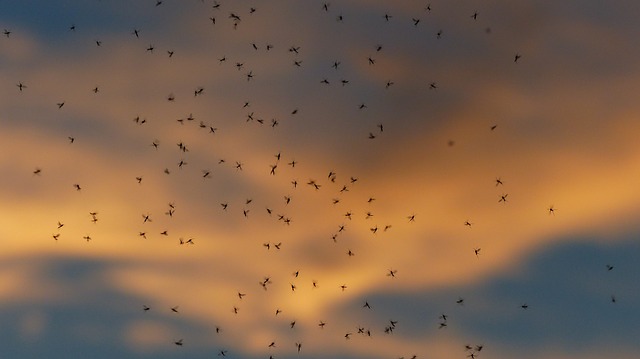Genetic control strategies for insects have a history dating back to the 1930s. Whilst early strategies met with limited success, recent advances in transformation methods have opened up new possibilities.
Insect transformation relies on the use of engineered transposons to move DNA from injected plasmids to the insect genome. The first reproducible transformation of a mosquito was reported in 1998. Since then several species of Aedes, Anopheles and Culex mosquitoes have been transformed, including Ae. aegypti, Ae. fluviatilis, An. stephensi, An. gambiae, An. arabiensis, An. albimanus and Culex quinquefasciatus.
These transposon-based systems are rather inefficient, typically requiring hundreds or thousands of eggs to be inject, and thousands or tens of thousands of progeny screened, to recover a single transgenic line. However, once established, the insertions essentially act as stable Mendelian factors and are inherited like any other gene. Consequently, though construction of a new line requires considerable effort for the transformation, use of the line does not.

In terms of direct field use of GM mosquitoes for disease control, proposed strategies fall into two main classes. These are:
population suppression, where the goal is to reduce the numerical size of the vector population, and
population replacement, where the goal is to make the vector population less competent as vectors, typically without substantial reduction in numbers. Population replacement could also be seen as an attempt to convert the vector population to a less harmful form, without reducing its size.
These genetic control methods share some significant similarities. One key property is that they are extremely species-specific. Released transgenic insects will mate (and, where relevant, form fertile hybrids) only with their own species. This is desirable, in that it minimises the impact on non-target organisms. However, where several vector species, or a species complex, are present in an area, it might be necessary to develop genetic control strains for each one individually.